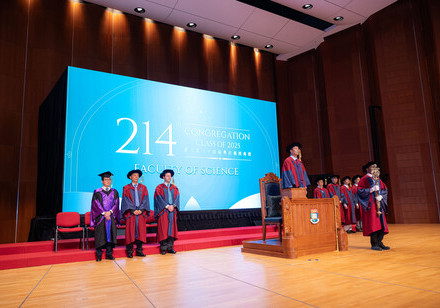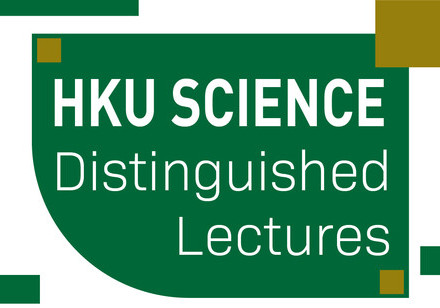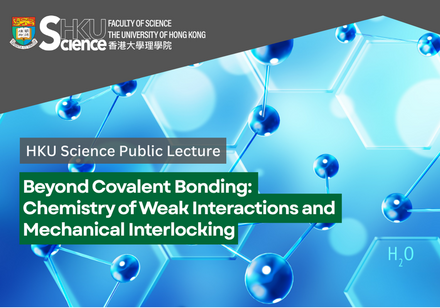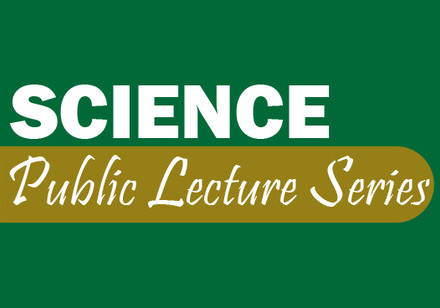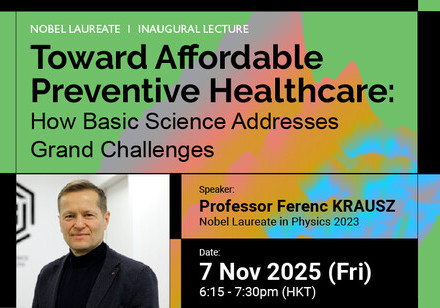Back to the Beginning with the James Webb Space Telescope
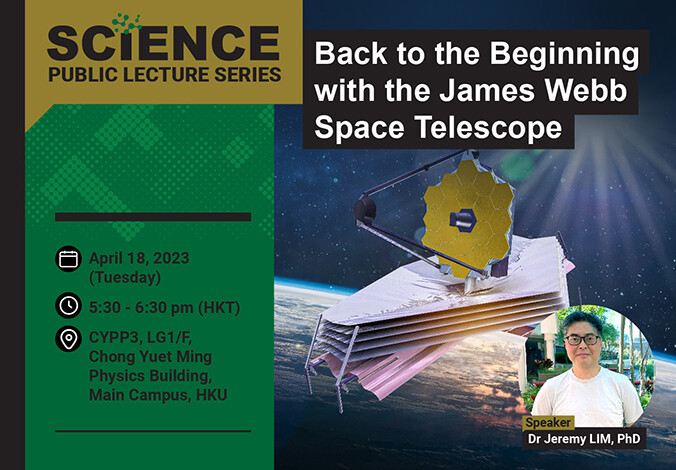
- Date & Time
- April 18, 2023 (Tuesday) | 5:30 - 6:30pm (HKT)
- Venue
- CYPP3, LG1/F, Chong Yuet Ming Physics Building, Main Campus, HKU ( Map )
- Speaker
- Dr Jeremy Jin Leong LIM
Associate Professor in the Department of Physics at HKU
Snapping pictures of deep space objects at unprecedented clarity, the Hubble Space Telescope (HST) has revolutionized our understanding of the Universe, from planets in our solar system to remote galaxies. In 1987, three years before the launch of the HST, a telescope that could surpass even what the HST was anticipated to accomplish was presented by NASA. One of the primary scientific goals of this new telescope was to witness the formation of the first stars in galaxies, which might have formed just a few hundred million years after the ‘Big Bang’, marking the birth of the Universe, now 13.7 billion years old. Launched on Christmas Day in 2021, the James Webb Space Telescope (JWST) has taken astronomers back to a time never before seen – or has it?
Using simple physical principles familiar to many, even in high school, Dr Lim will explain why the JWST is uniquely able to peer back in time to observe galaxies near the beginning of the Universe. This feat requires the telescope to be parked 1.5 million kilometres away from the Earth, approximately 118 Earth diameters away. The race to find galaxies near the beginning of time started with the first science image released by the JWST on 12 July 2022. Less than a year into this race, however, the situation has become confusing: are we seeing stars at a time when astronomers expected gas to not yet formed stars? As a member of a research team with guaranteed observing time on the JWST and involved in this race, Dr Lim will provide insights into why determining whether we are seeing galaxies near the beginning of time is so difficult and the next step astronomers are taking with the JWST to resolve this controversy.
Main Physical Principles covered: Gravity, Heating and Cooling, Doppler Effect, Spectral Lines.
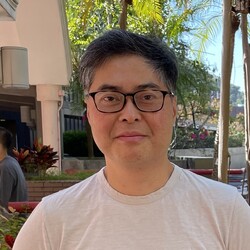
Speaker Dr Jeremy Jin Leong LIM
Associate Professor in the Department of Physics at HKU
Dr Jeremy Jin Leong LIM received his PhD degree in Physics at Macquarie University in Sydney, Australia in 1992. His research has taken him from the Sun to the stars, after that to nearby galaxies, and now to galaxies near the beginning of Universe. He leads a research team of graduate and undergraduate research students studying the largest galaxies in the Universe, and the astrophysical applications of gravitational lensing including the nature of Dark Matter.


20230418-Jeremy Lim_0-06.jpg)
